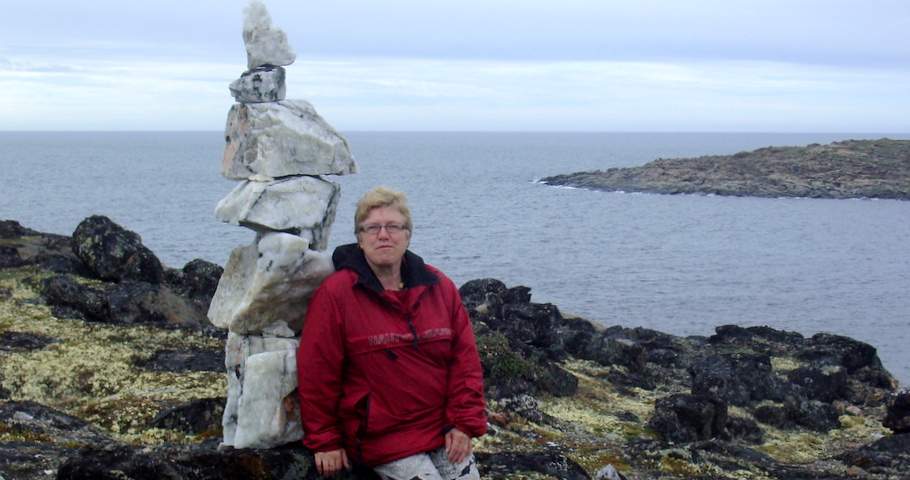 To begin, all the previous texts were to serve to communicate the little-known reality of the Inuit people through their conditions of life. During my research, I realized that the history of many indigenous peoples were alike. The texts thus became more general, however, keeping in mind the real distinctions of far-away communities living away from one another affected by very similar problems. An example of these differences relates to Inuit communities. No roads, no judges, no equal opportunities for employment, but with the same tax obligations as all other Quebecers. Their nordicity is not served very well in Nunavik: racism and discrimination don't set the tone for human rights.
To begin, all the previous texts were to serve to communicate the little-known reality of the Inuit people through their conditions of life. During my research, I realized that the history of many indigenous peoples were alike. The texts thus became more general, however, keeping in mind the real distinctions of far-away communities living away from one another affected by very similar problems. An example of these differences relates to Inuit communities. No roads, no judges, no equal opportunities for employment, but with the same tax obligations as all other Quebecers. Their nordicity is not served very well in Nunavik: racism and discrimination don't set the tone for human rights.The Inuit do not live on reserves
Why do we ignore the fact that these people do not live on reserves? What happens? Where, when and how do the rules of equity apply to the most remote areas? They live on their territory, yet they have to skillfully repel or bargain hard with the covetous invaders of their natural underground resources.On the Hudson coast, spring camps were once used as places of inspiration for soapstone carvings that the Inuit were selling to their local coops. This activity was very important to Inuit life until an economic downturn in the art market made it collapse.
Activities that helped to keep the Inuit culture alive
One of the main activities of spring camping, hunting seals, also became obsolete when the animal rights activism destroyed the market for seal pelts. These events beyond the control of the Inuit have contributed to the disappearance of activities that helped to keep the Inuit culture alive. The cumulative effects of these events have caused widespread disruption of seasonal activities of several Inuit communities.In less than 60 years, these people have succeeded because of their versatility, ingenuity and adaptability to change their nomadic way of life to that of sedentary residents in collectivities resembling our urban communities. Children who were learning about life and how to get through it from their parents are now going to school daily. It's not an easy shift but the Inuit are working at it.







No comments:
Post a Comment